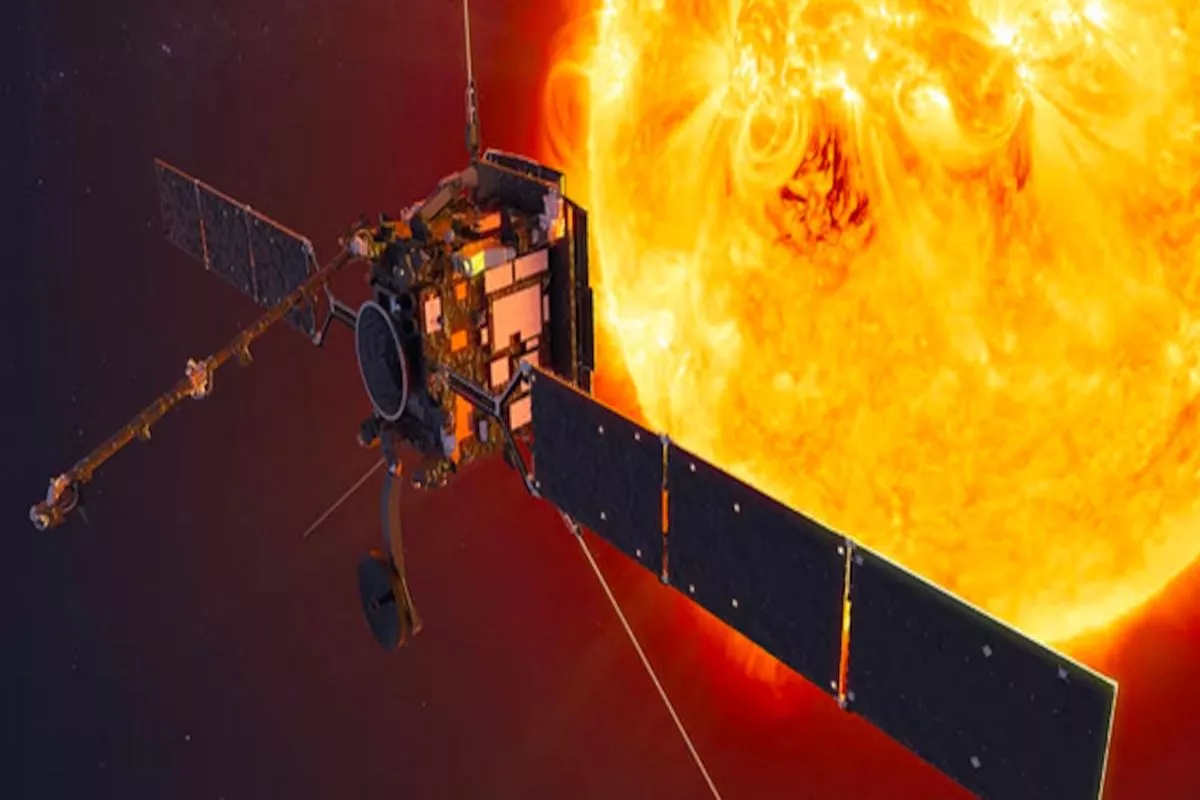
Aditya-L1
New Delhi: Two months after its launch, India’s first solar observatory, the payload of Aditya-L1, has seen its first high-energy X-ray glimpse of solar flares, the Indian Space Research Organization (ISRO) announced on Tuesday.
“HEL1OS captures first high-energy X-ray glimpse of solar flares during its first observation period from approximately 12:00 to 22:00 UT on October 29, 2023. The High Energy L1 Orbiting X-ray Spectrometer (HEL1OS) on board Aditya-L1 has recorded the impulsive phase of solar flares. The recorded data is consistent with the X-ray light curves provided by NOAA’s GOES,” Isro said in a statement.
What is this mission supposed to do
The goal of the US National Oceanic and Atmospheric Administration (NOAA) is to better understand Earth’s atmosphere, seas, and inland waters, as well as to describe and forecast changes to them through an integrated program of research, technological development, and services.
Its Geostationary Operational Environmental Satellites (GOES), also referred to as the GOES-R Series, are thought to possess the most cutting-edge technology available because they can map lightning activity in real time, monitor solar activity and space weather more effectively, and provide sophisticated imagery and atmospheric measurements of Earth’s Western Hemisphere.
Isro statement added, “Commissioned on October 27, HEL1OS is currently undergoing fine-tuning of thresholds and calibration operations. The instrument is set to monitor the Sun’s high-energy X-ray activity with fast timing and high-resolution spectra. HEL1OS data enables researchers to study explosive energy release and electron acceleration during impulsive phases of solar flares.”
Also Read: Prominent West Bengal Minister arrested amidst PDS ration scandal unveiled by ED Investigation
Aditya L1 – India’s first solar mission
The nation’s first mission to study the Sun, the Aditya-L1 spacecraft, was launched by the Indian space agency on September 2 from the spaceport at Sriharikota. To make sure the craft had enough momentum to embark on its 125-day voyage, a series of Earth-bound maneuvers were carried out after the launch.
Because the mission would guarantee continuous views of the Sun, Indian scientists will be able to uncover new information about the core of our solar system. The intended orbit for the spacecraft is a halo around L1, or roughly 1.5 million kilometers from Earth, in the Sun-Earth system. Indeed, this point is merely 1% of the distance between Earth and the Sun.
The Aditya-L1 spacecraft will eventually be positioned at Lagrange Point-1, or L1, following a series of these maneuvers. From there, it will begin a minimum of five years of research to comprehend different facets of the Sun, the star closest to Earth.
To read more such news, download Bharat Express news apps


















